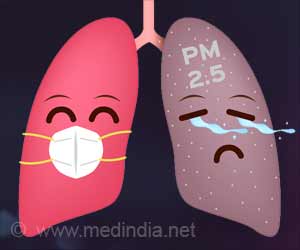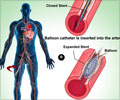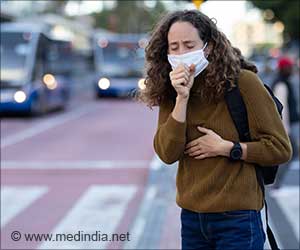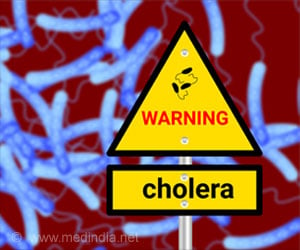
‘Angioplasty procedures are more common in areas plagued by toxic air and during winter.’
Tweet it Now
Using particulate matter (PM) 10 levels published by the Chief Inspectorate for Environmental Protection in Poland, six unpolluted cities and five polluted cities were selected for the study. PM10 are particles ten micrometers or less in diameter. Sources include industrial processes like iron making and quarrying, lawn mowing, wood and coal stoves, bushfires, dust storms, and vehicle exhaust emissions.The study enrolled 5,648 patients from unpolluted cities and 10,239 patients from polluted cities. All patients underwent stent insertion (percutaneous coronary intervention; PCI) to open arteries blocked due to acute coronary syndromes (heart attack or unstable angina). PCI data were obtained from the ORPKI Polish National PCI Registry.
Dates of PCI procedures were matched with air quality on the same day during a 52-week period. Analyses were also performed to compare winter versus non-winter weeks because pollution levels rise during winter.
The annual average PM10 concentration was significantly higher in polluted cities (50.95 μg/m3) compared to unpolluted cities (26.62 μg/m3). In both polluted and unpolluted areas, a rise in PM10 concentration was significantly associated with a greater frequency of PCI.
Patients in cities with clean air were more sensitive to pollution rises, with each 1 μg/m3 increase in PM10 concentration linked to 0.22 additional PCIs per week. While in polluted cities, the same rise in PM10 was linked with just 0.18 additional PCIs per week.
Advertisement
He concluded: "The study shows that the incidence of acute coronary syndromes treated with PCI was higher in winter and rose along with increasing pollution, and this rise was higher in regions with initially cleaner air if taking the same increment in pollution into account. This is further evidence that more needs to be done to lower pollution levels and protect the public's health."
Advertisement















